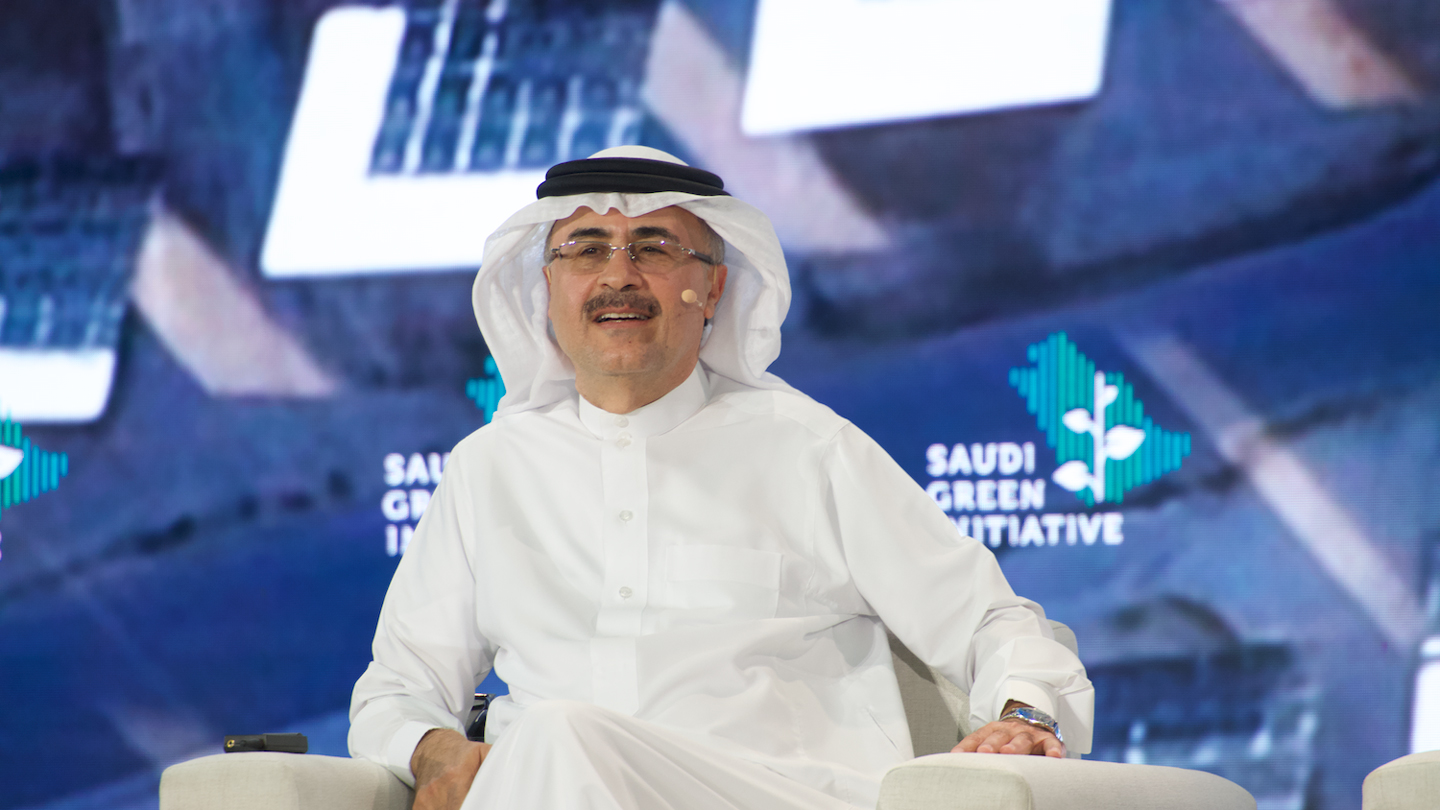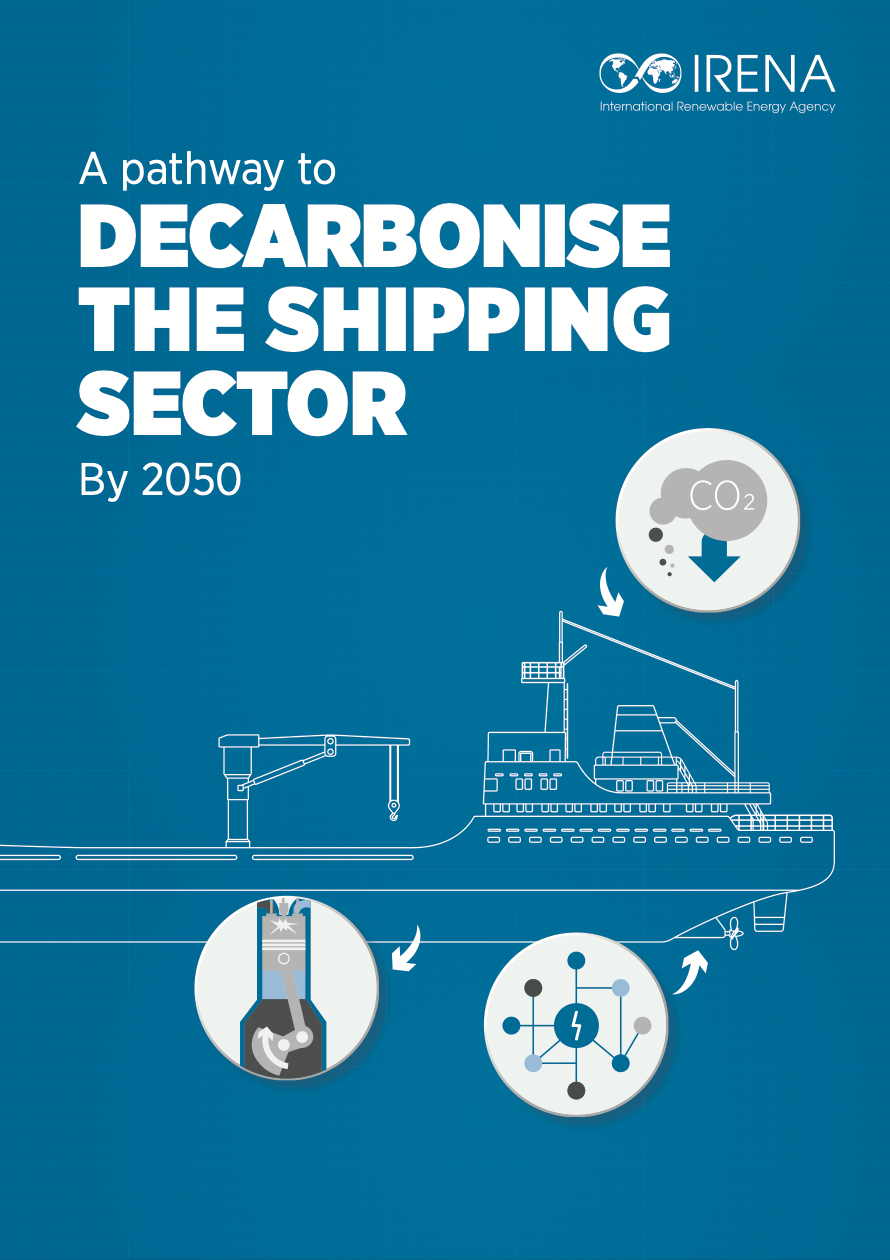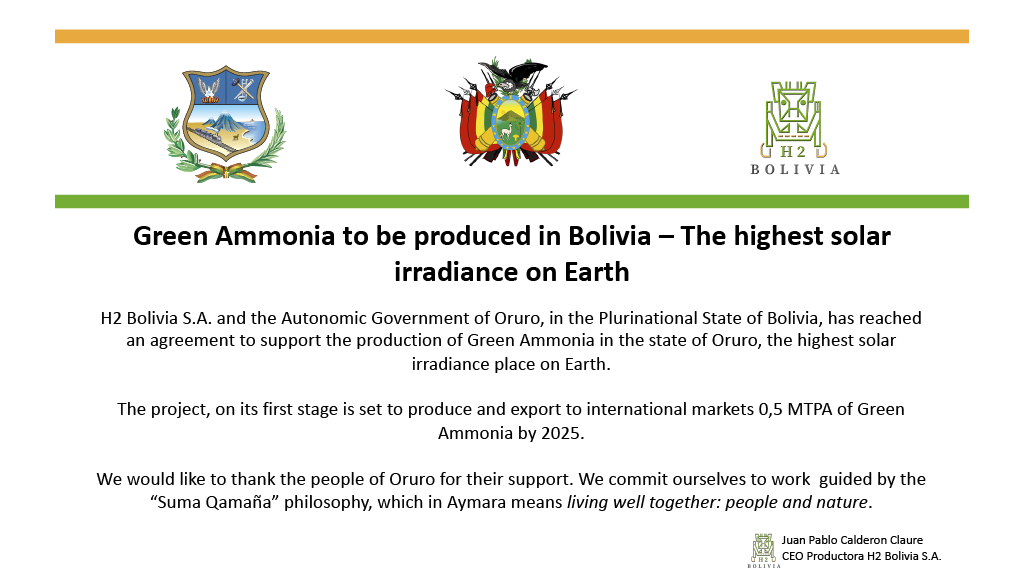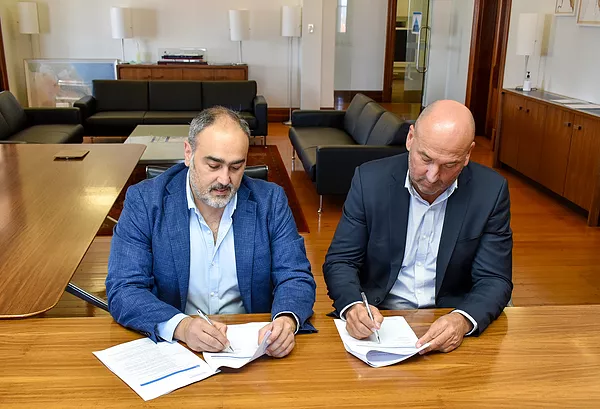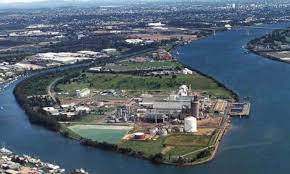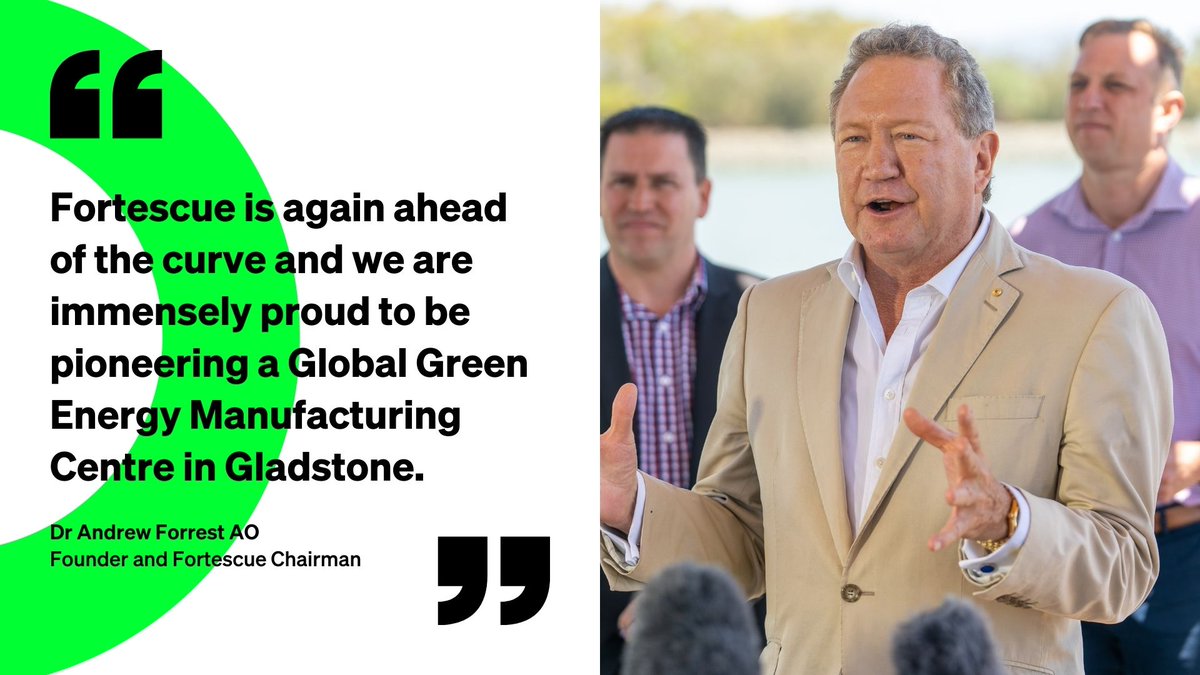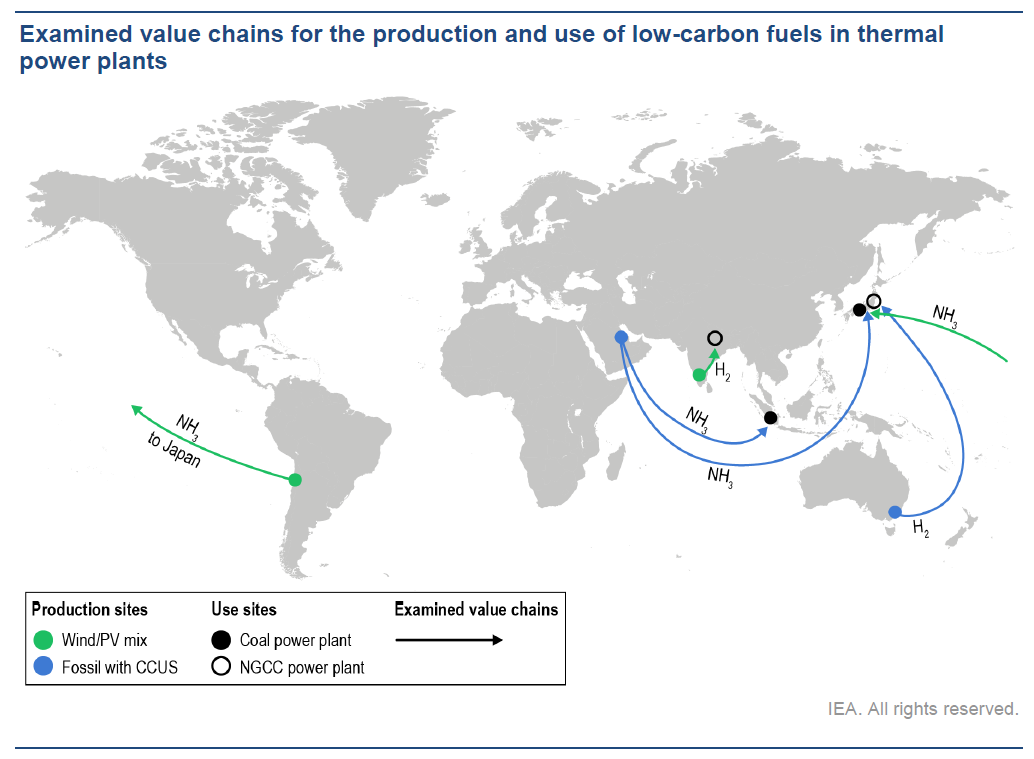The Saudi Arabia Renewable Energy Hub
InterContinental Energy have just announced their fourth ammonia "Supergiant": the Saudi Arabia Renewable Energy Hub (SAREH). At this stage details are limited, but the new collaboration between InterContinental, Saudi Aramco and Modern Industrial Investment Holding Group forms part of a wider decarbonisation push by the Kingdom. Aramco's ultimate goal is to achieve net-zero for Scope 1 & 2 emissions across its wholly-owned operated assets by 2050.
